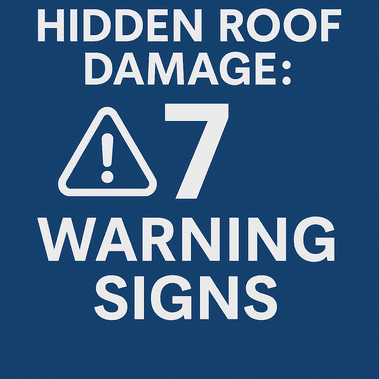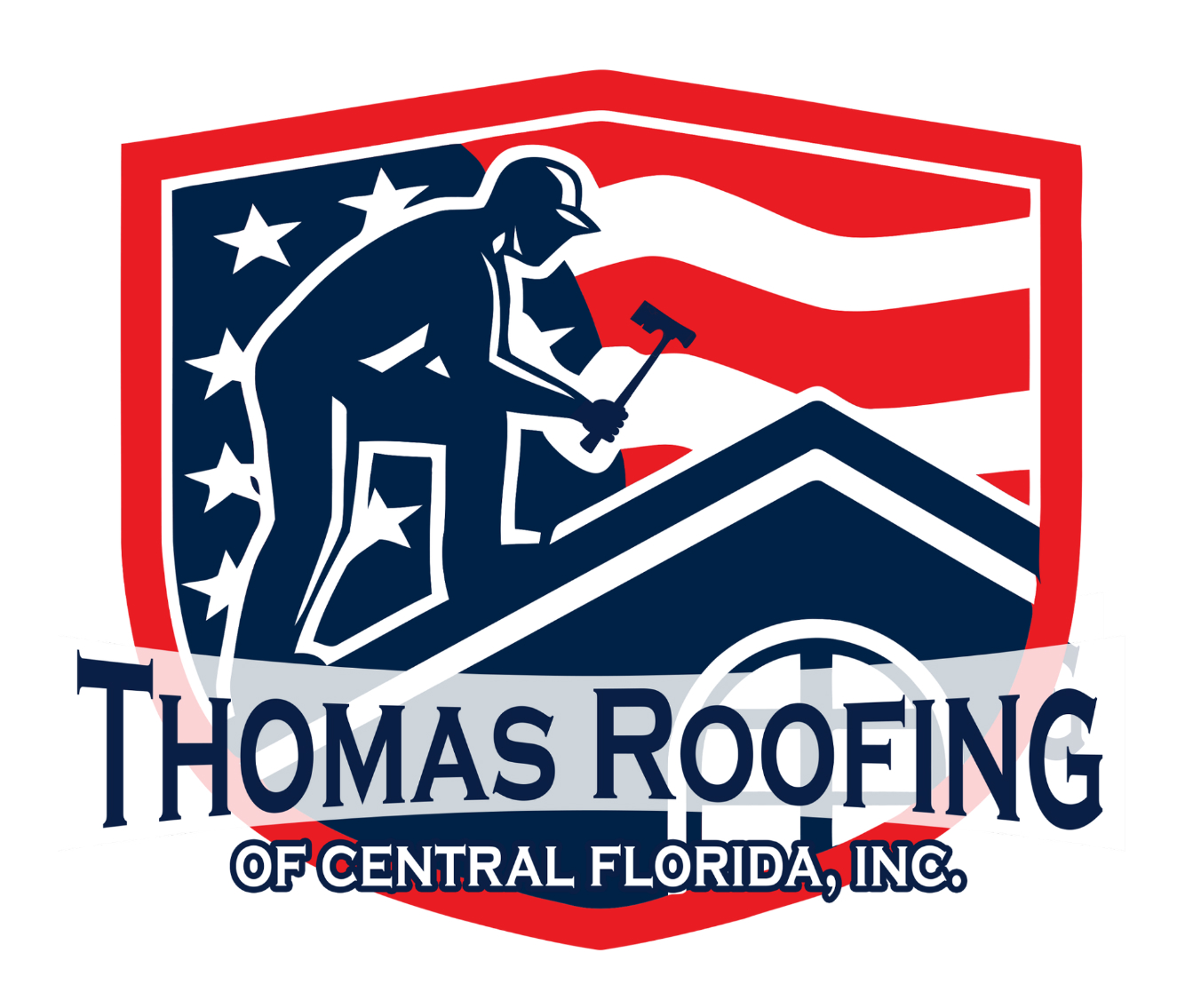Looking For Warning Signs About Hidden Roof Damage?
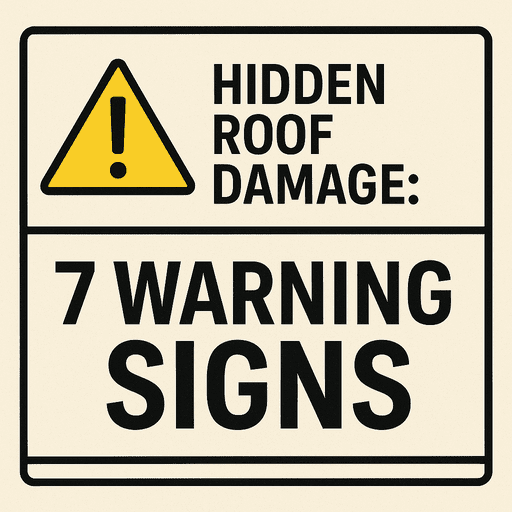
Florida’s sunshine may bring in the tourists, but for your roof, it’s a constant opponent as well as hurricanes, humidity, and the occasional golf ball (looking at you, The Villages). Many Central Florida homeowners are shocked to discover roof damage only after leaks or sky-high repair bills come due.
In fact, the Insurance Institute for Business & Home Safety reports that more than 65% of roof replacements are due to damage that started small and was totally preventable.
This guide covers 7 hidden roof damage warning signs homeowners miss, and how recognizing these mistakes early can save thousands of dollars.
| Warning Sign | Description | Level of Importance |
|---|---|---|
| Soft or Spongy Roof Decking | Compromised roof deck structure underfoot | ⭐⭐⭐⭐⭐ Critical |
| Slight Ceiling or Wall Stains | Small yellow/brown spots signaling hidden leaks | ⭐⭐⭐⭐ High |
| Small Shingle Cracks or Curling | Minor surface damage letting in moisture | ⭐⭐⭐⭐ High |
| Rusted or Loose Flashing | Metal around chimneys/vents failing to seal water | ⭐⭐⭐⭐ High |
| Attic Humidity or Moldy Smell | Poor ventilation or leaks causing moisture buildup | ⭐⭐⭐⭐ High |
| Granules in Gutters or Downspouts | Shingle wear accelerating roof aging | ⭐⭐⭐ Medium |
| Unusually High Energy Bills | Heat/cooling loss due to insulation failures | ⭐⭐⭐ Medium |
Why Hidden Roof Damage Is So Important
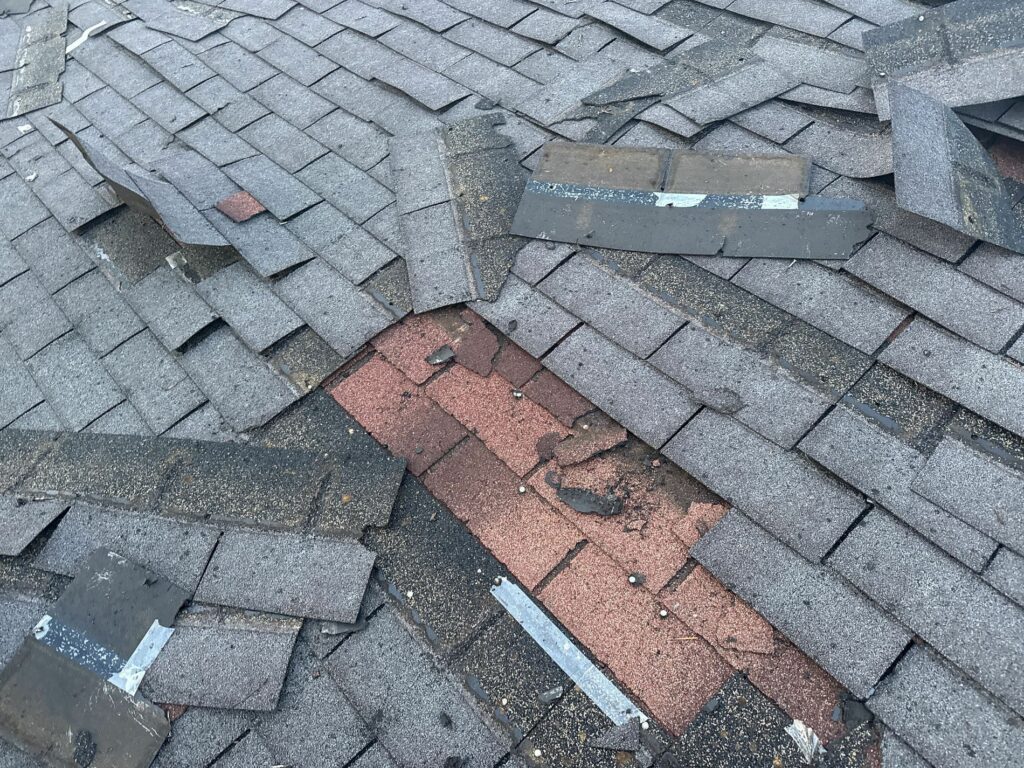
Small roof problems can snowball into such things as:
- Mold and mildew growth
- Wood rot and structural issues
- Insulation failure and higher energy costs
- Interior ceiling and wall damage
***Florida homeowners are especially at risk due to intense UV exposure, storms, and high humidity.
The 7 Warning Signs of Hidden Roof Damage
1. Wall Stains
Don’t ever ignore faint yellow or brown spots on your ceiling or walls. Even small stains can signal slow leaks that seep through insulation.
Where to check:
- Corners of rooms
- Around light fixtures
- Near vents and chimneys
Tip: Use a flashlight to inspect corners—sometimes stains hide in shadows!
2. Small Shingle Cracks or Curling
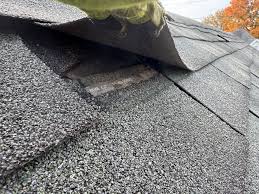
After every big Florida storm, grab your binoculars and check your roof (or hire a professional). Cracked or curled shingles allow moisture (of which Florida has a lot) under the surface, damaging the underlayment.
Why it matters: Moisture weakens the roof deck, leading to major repairs.
For an in-depth guide, see the recommendations from the National Roofing Contractors Association.
3. Granules in Gutters or Downspouts
Shingles shed granules over time. But if your gutters are starting to look like a sandbox, it’s a red flag. Granule loss means:
- UV protection is gone
- Shingles will age and fail faster
Tip: Clean and inspect gutters a minimum of twice a year, especially after Florida’s hurricane season.
4. Soft Roof Decking

Walking on your roof shouldn’t feel like a trampoline workout. Soft spots mean the decking underneath has major problems.
How To Test Safely:
- Walk in the attic to check beams
- Look for sagging rooflines outside
Tip: Avoid walking on tile roofs, call a professional instead.
5. Rusted or Loose Flashing
Flashing is the metal lining around chimneys, vents, and skylights. When flashing rusts or pulls away, water begins sneaking in.
It is common for wind-driven rain to damage flashing, so check at appropriate times.
For flashing repair details, visit This Old House.
6. Attic Humidity or Moldy Smell
Your attic should be dry and odor-free. A musty smell usually signals:
- Poor ventilation
- Moisture buildup
- Hidden leaks
Tip: Check the insulation. If it feels damp, you may already have hidden roof damage.
7. Ridiculous, High Energy Bills
A damaged roof compromises insulation, making your HVAC system work way too hard. If your energy bills suddenly spike without explanation, the roof could be the culprit.
Look for:
- Sharp increases during summer
- HVAC running constantly
How to Inspect Your Roof Safely
- Use binoculars from the ground
- Check the attic regularly
- Watch for sagging lines or daylight through roof boards
- Get annual inspections from a licensed roofing company.
What to Do If You Spot Signs Of A Damaged Roof
- Document the issue: Take photos.
- Call a professional roofer: Schedule an inspection immediately.
- Check your insurance policy: Some repairs may be covered.
Visit Tom the Roofer’s inspection services for trusted help in the Central Florida area..
Preventative Roof Maintenance Tips To Follow
- Clean gutters regularly
- Trim nearby trees
- Inspect attic ventilation
- Schedule roof inspections twice a year
Final Word: Catch Damage Early, Save Big
Hidden roof damage doesn’t announce itself with fireworks; it starts quietly, with a drip or a stain. By watching for these 7 warning signs, you’ll protect your home, wallet, and peace of mind.
Ready to make sure you have no roof problems? Schedule a professional inspection before minor issues become major headaches.
Visit Tom the Roofer to book your inspection today!
Learn more at the roof repair page.
References
- Insurance Institute for Business & Home Safety
- National Roofing Contractors Association
- This Old House
- Energy Star — Roofing Tips
